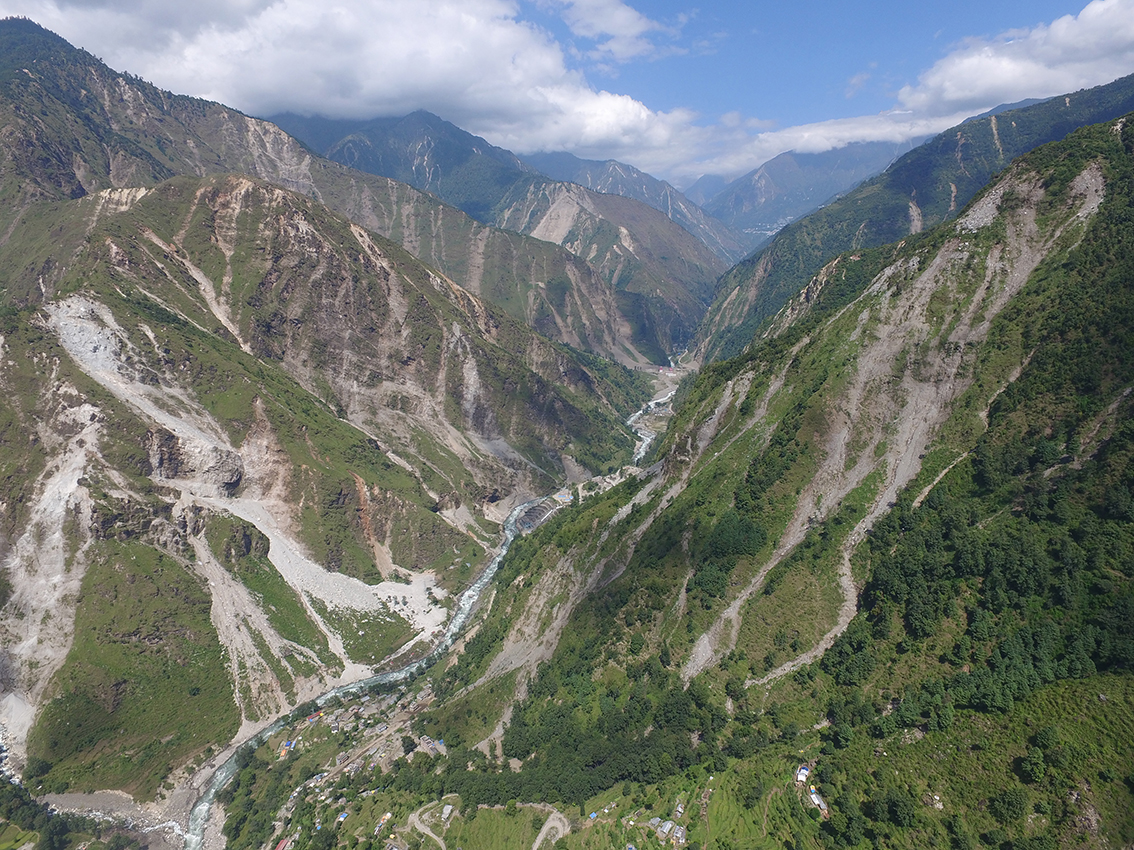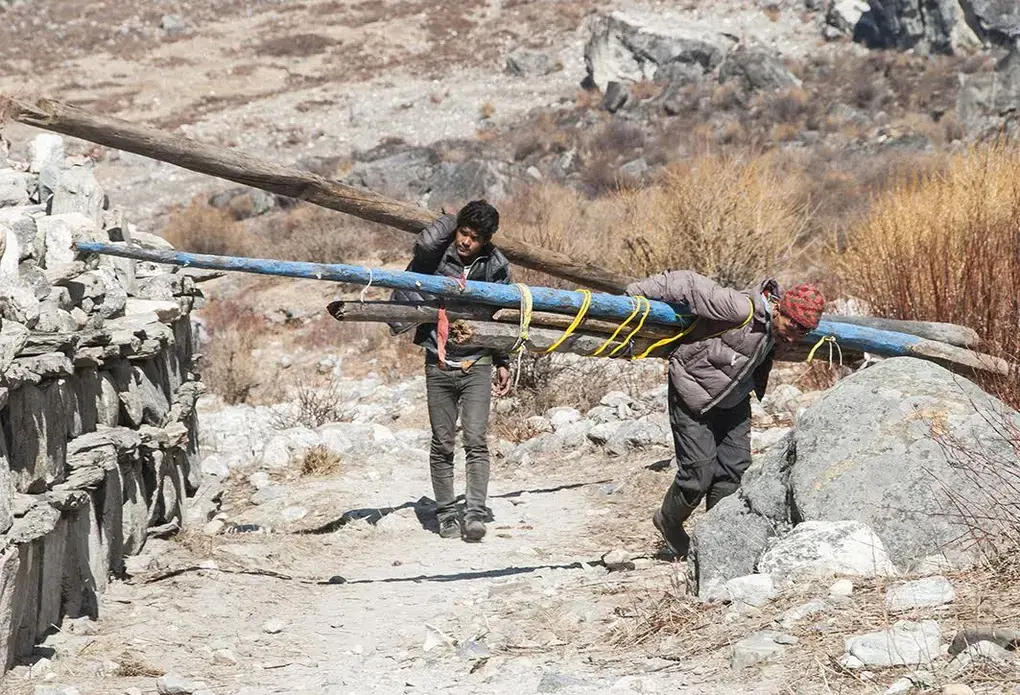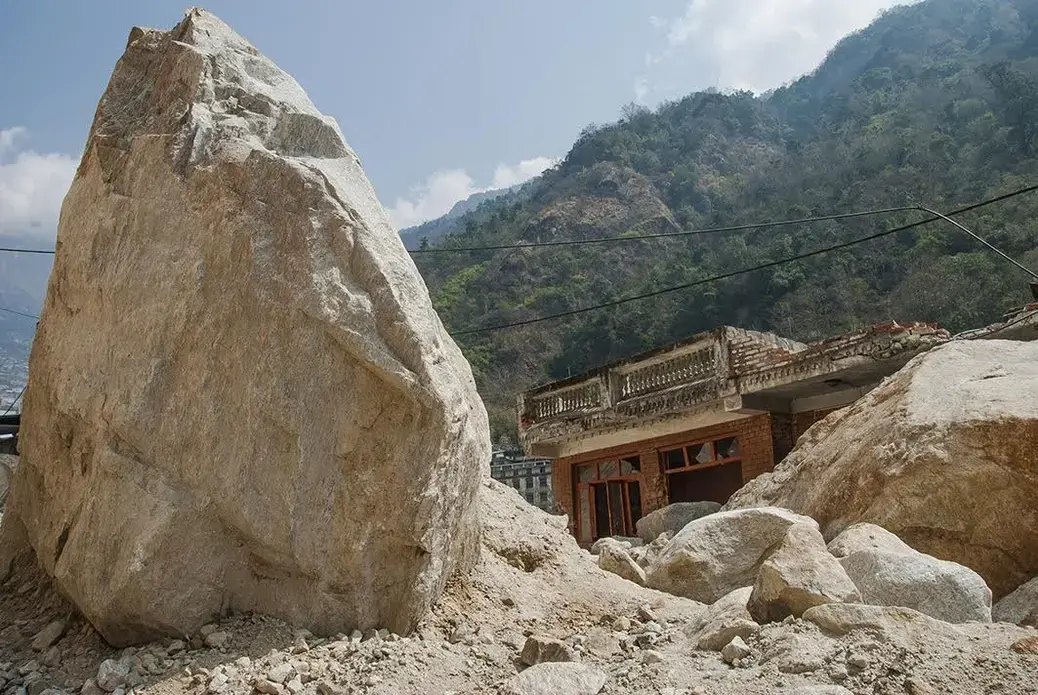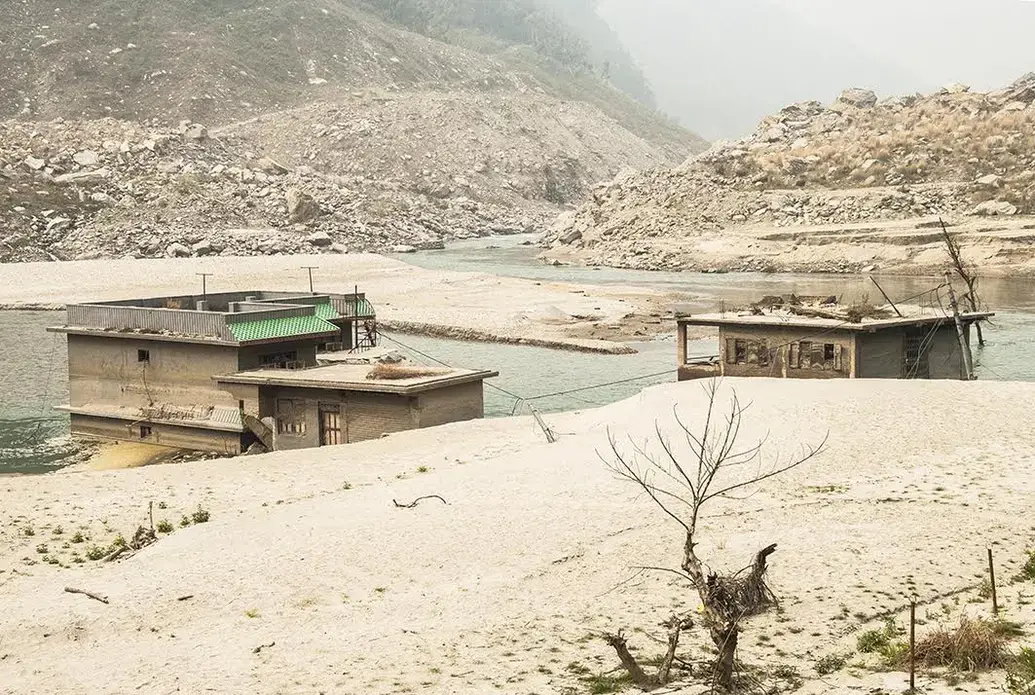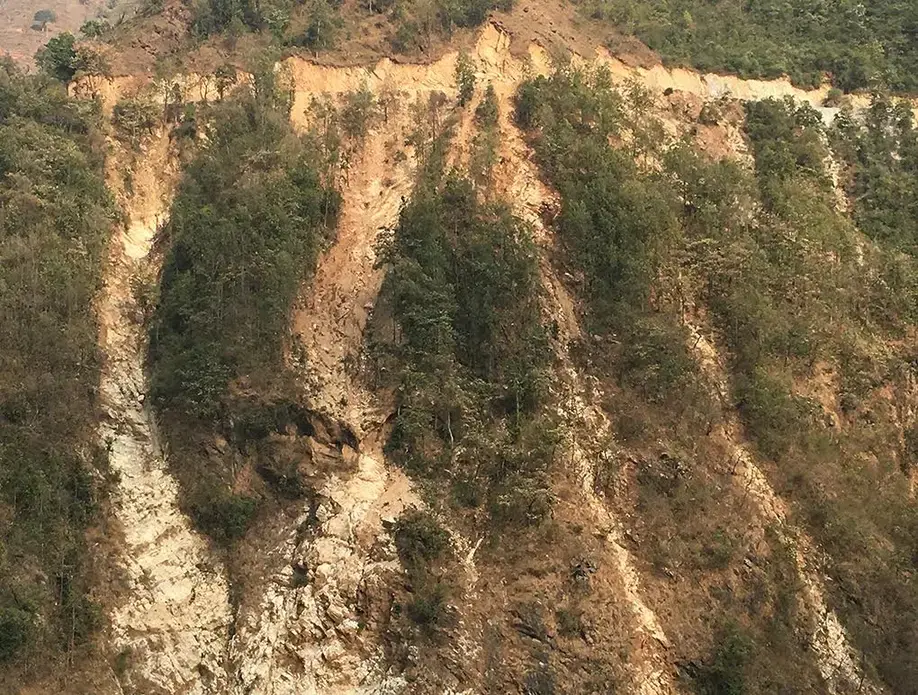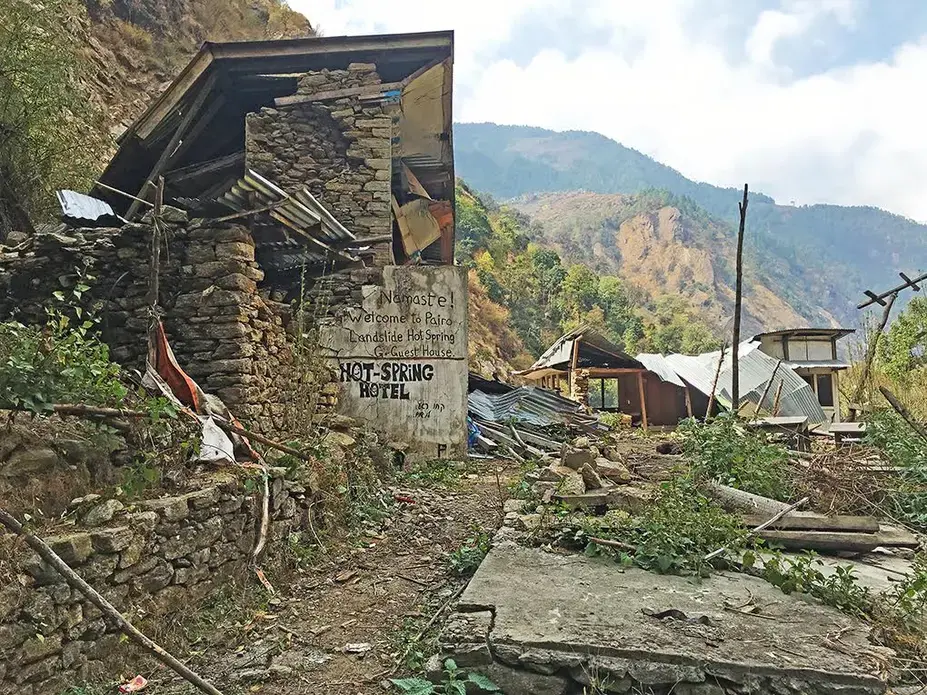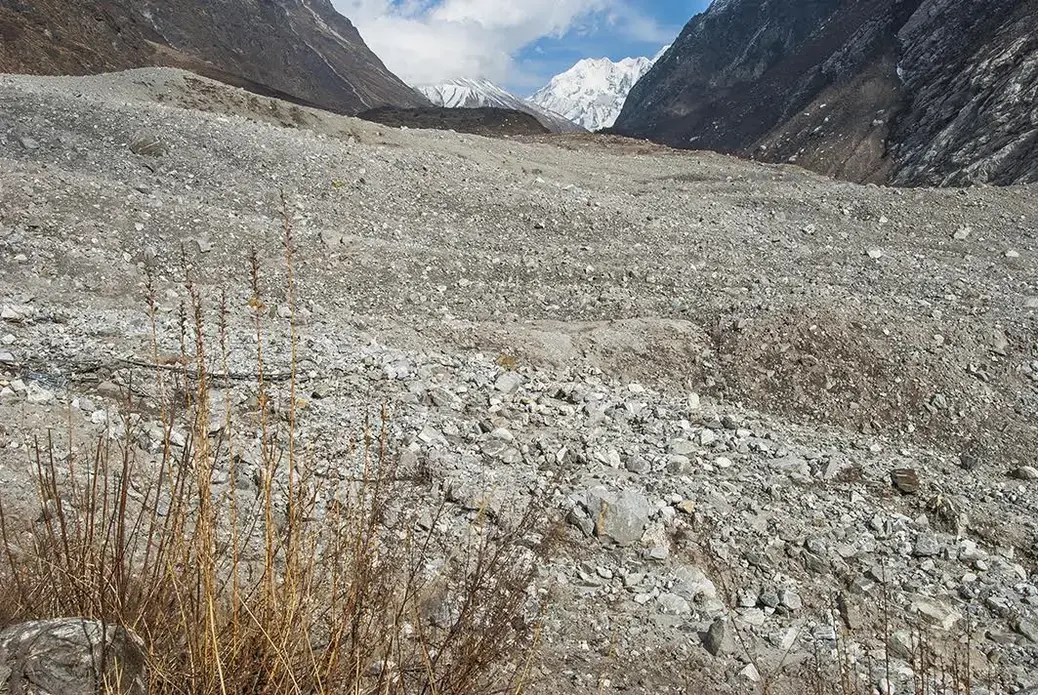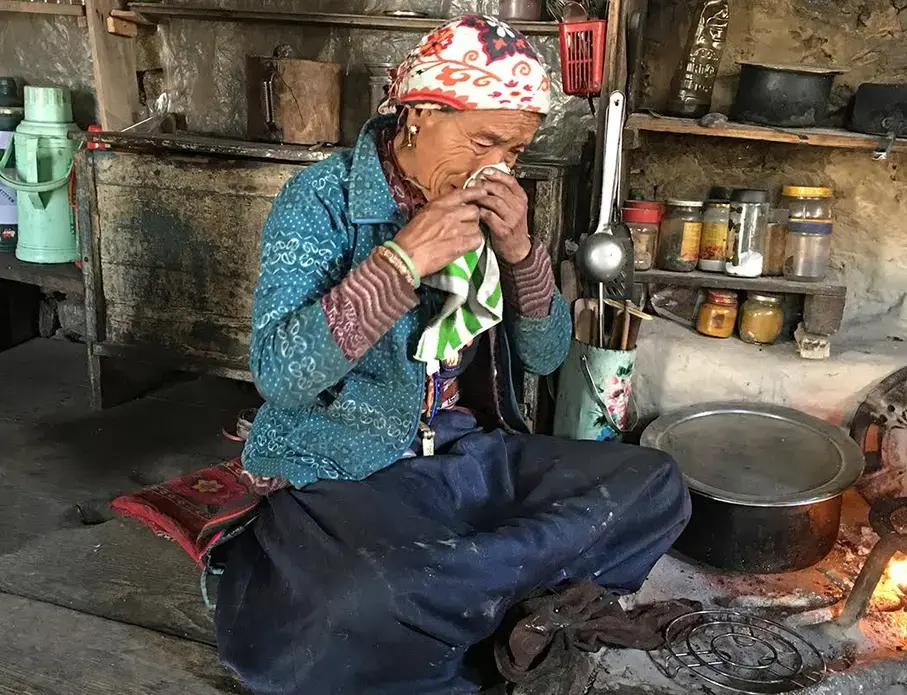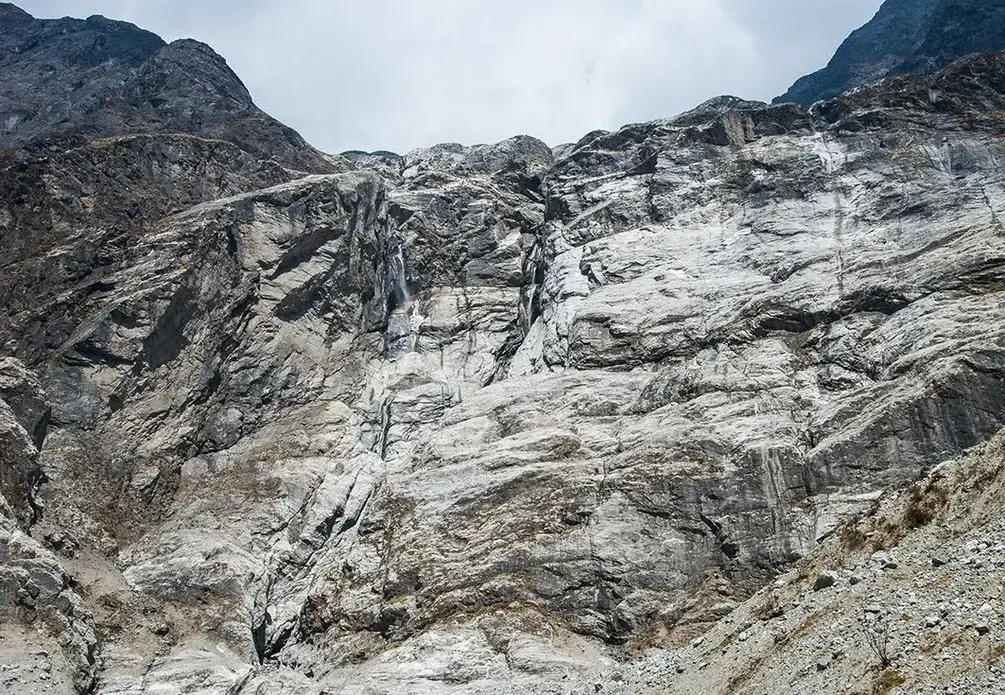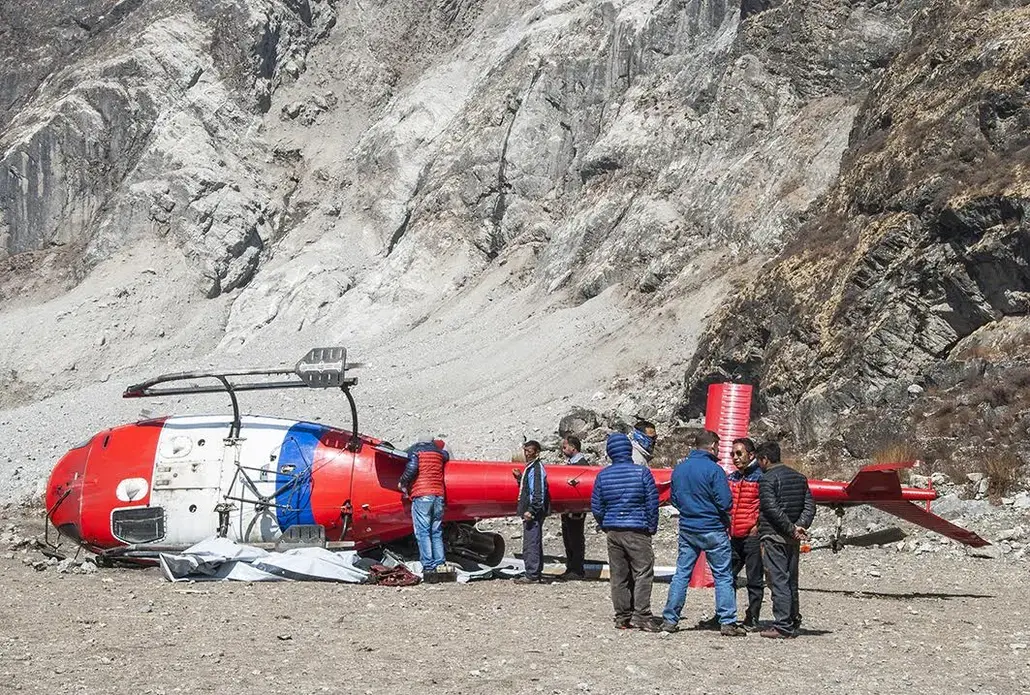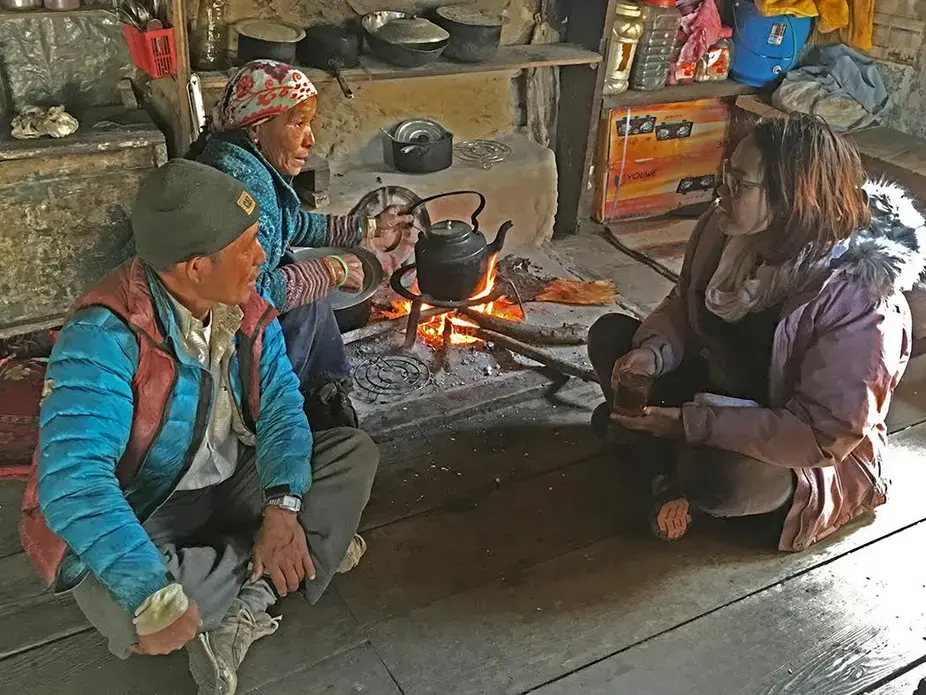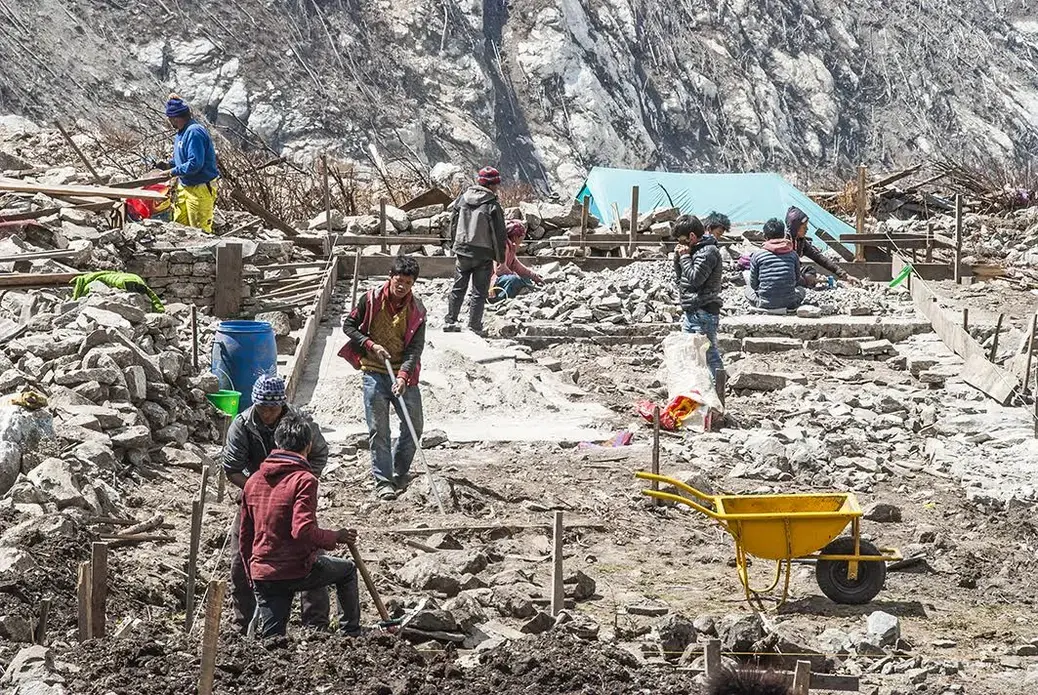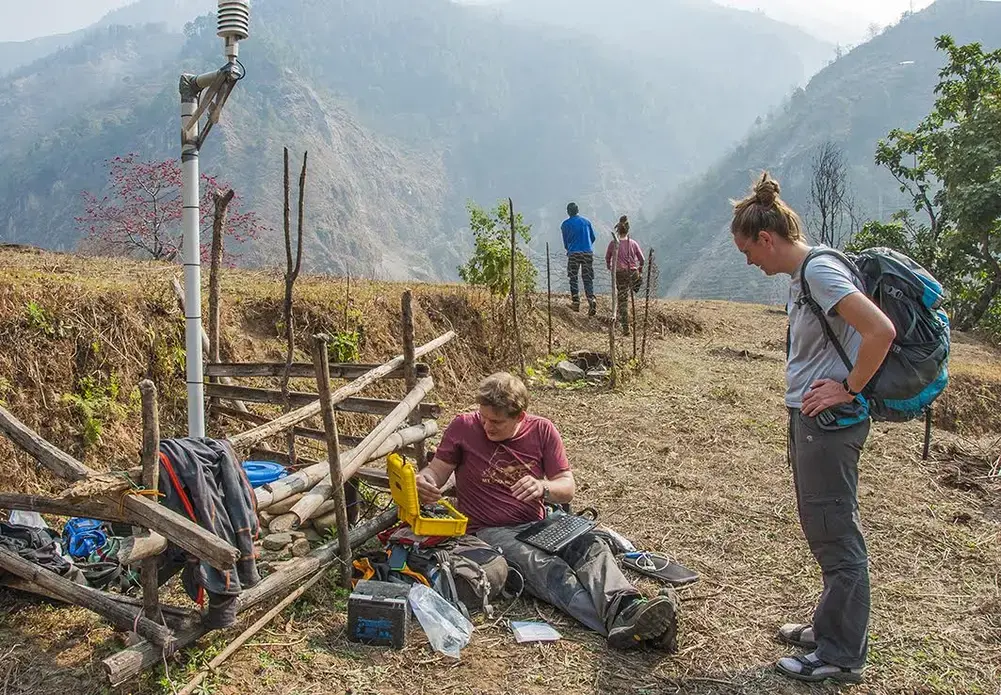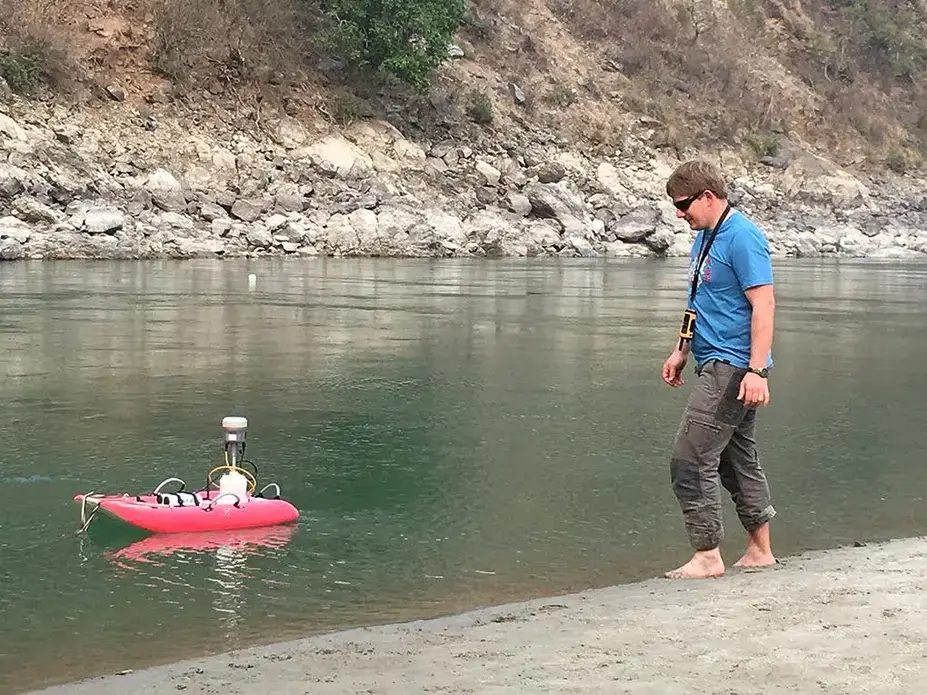The Gorkha earthquake that struck Nepal a year ago this week killed nearly 9,000 people. It also unleashed more than 10,000 landslides. Many buildings and other key pieces of infrastructure survived the shaking only to be crushed by rockfalls and debris flows.
The most violent such event occurred in the Langtang Valley, a popular tourism destination 70 kilometres north of Kathmandu, where 15 million tonnes of ice and rocks crashed several kilometres down onto the valley floor with an impact that released nearly half the energy of the Hiroshima nuclear bomb. The avalanche engulfed Langtang and nearby villages, leaving nearly 400 people dead or missing.
But destruction doesn't stop when the shaking did. The landscape, now severely weakened by the quake, is more prone to failure — a legacy that is likely to endure and be exacerbated by rain and aftershocks for years to come. This poses an enormous challenge for quake recovery. The Araniko Highway that connects Nepal's capital, Kathmandu, with Tibet, for instance, is barely operational after continuing to be hit by landslides. This cuts off one of Nepal's trade lifelines at a cost of about US$1.5 million a day.
Landslide hazards also make it difficult to determine what reconstruction sites are geologically safe. In addition to rigorous hazard mapping, researchers call for close monitoring of changes in slope properties and how they respond to monsoons and aftershocks.
Such studies could allow researchers to determine the amount of rainfall that could trigger a landslide and identify signs of deformation days before one occurs. This offers a real prospect of an effective early-warning system for a problem that increasingly plagues the Himalayan nations.
This photo gallery visits quake-stricken regions in Nepal, including villages along the Araniko Highway and the Langtang Valley.


